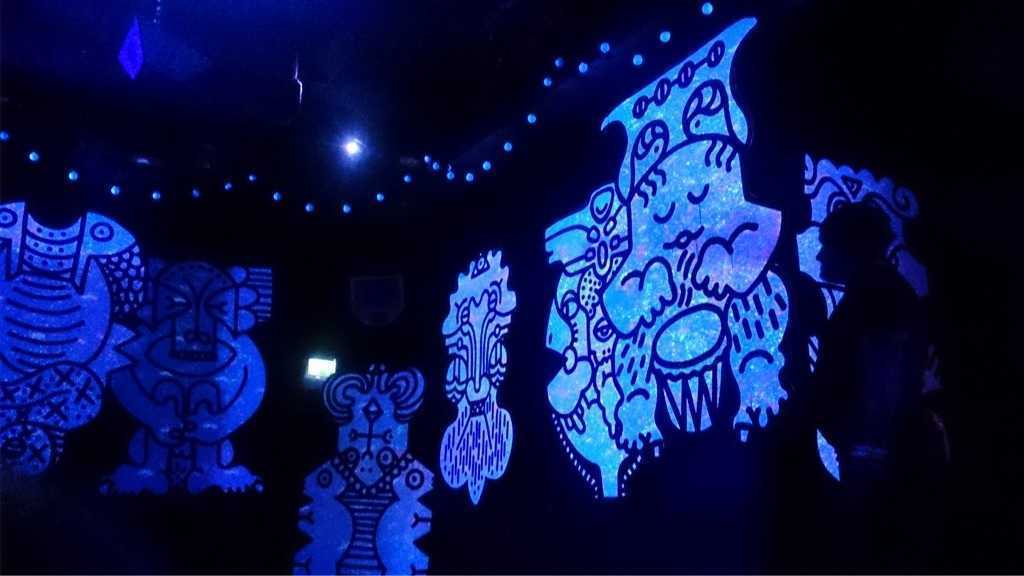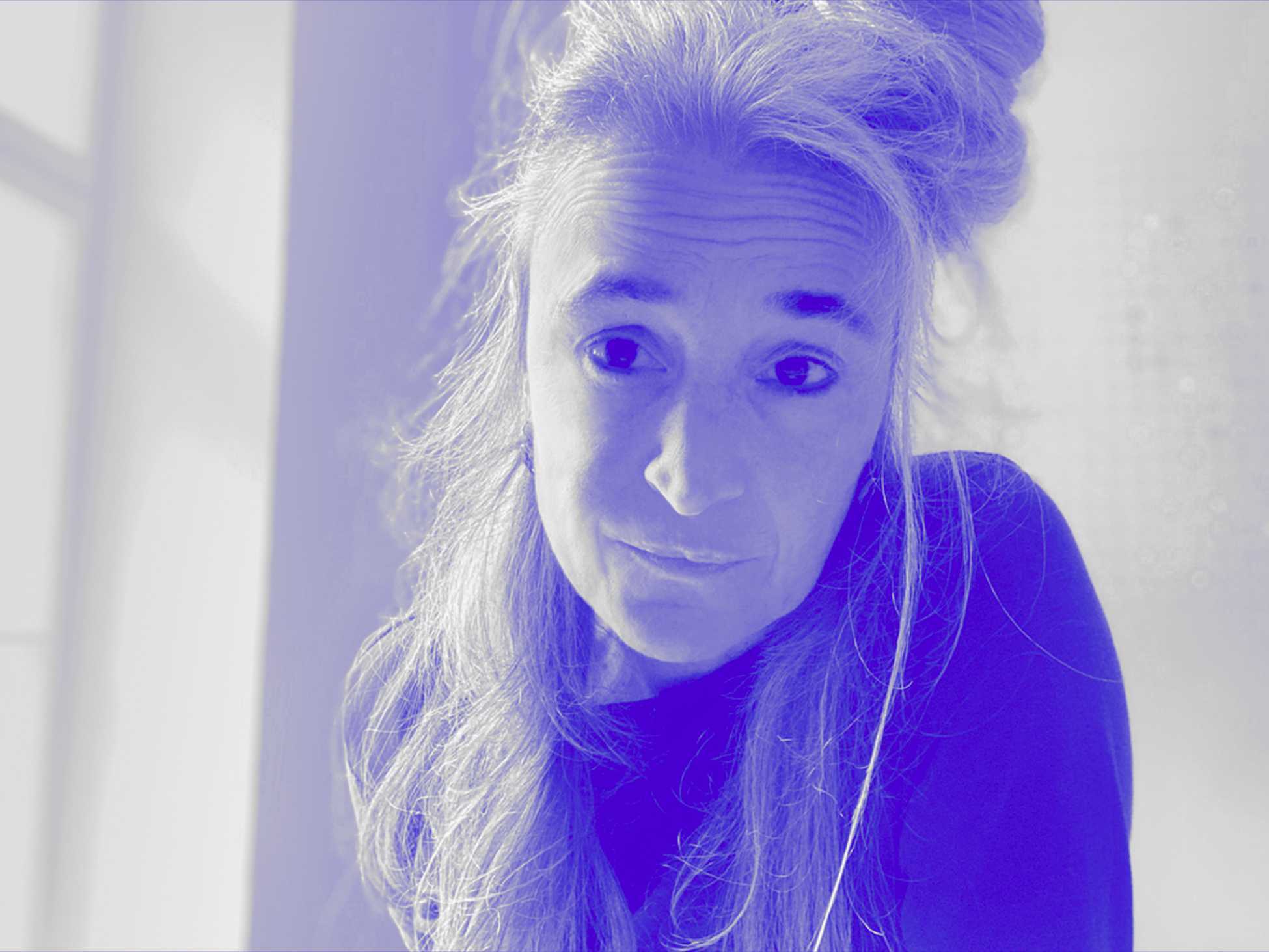
© Anton Tal
A musical universe
Alexey Kochetkov
“There are too many good ideas”, says Alexey Kochetkov with a smile. The violinist and composer experiments with violin and electronics as part of his solo project '5 String Theory', creating new dimensions that combine the centuries-old violin tradition with contemporary sound aesthetics.
Your stage name 5 String Theory sounds like a mixture of art and science – what is the idea behind it?
Our brain is constantly searching for patterns. When familiar patterns are connected and reinterpreted in unexpected ways, it gives us a sense of satisfaction. I play the violin, and have been playing a five-string violin for about six years. My old violin broke at a concert and when I was looking for a new one, I tried out the five-string – I haven't looked back since. It inspired me and challenged me artistically. At the same time, I started experimenting with violin and electronics and was looking for a name that combined my enthusiasm for science with my special violin.
Science completes the worldview for me
Where does this enthusiasm come from?
When I was little, my grandfather imparted this love and passion for science to me. He told me about the universe and we had a big book full of planets and galaxies. That planted a seed in me: Science is so cool, so interesting, so wide-ranging, so extensive! I find answers to my questions there, it completes the worldview for me.
And how do you bring this science to the stage?
In 2023, I had the opportunity to combine my two passions for music and science in one performance. “The Theory of Everything” was a multidisciplinary performance with readings, dance, circus art, visual art and my music. It dealt with scientific concepts such as the theory of relativity, quantum physics and string theory and presented them from an individual artistic perspective. For example, it is said that the universe could have created life in order to become self-aware. Through pure musical sounds – a very abstract form of art – one cannot necessarily express this idea, but through text, dance and music together, the audience gets a multidimensional picture of this concept.
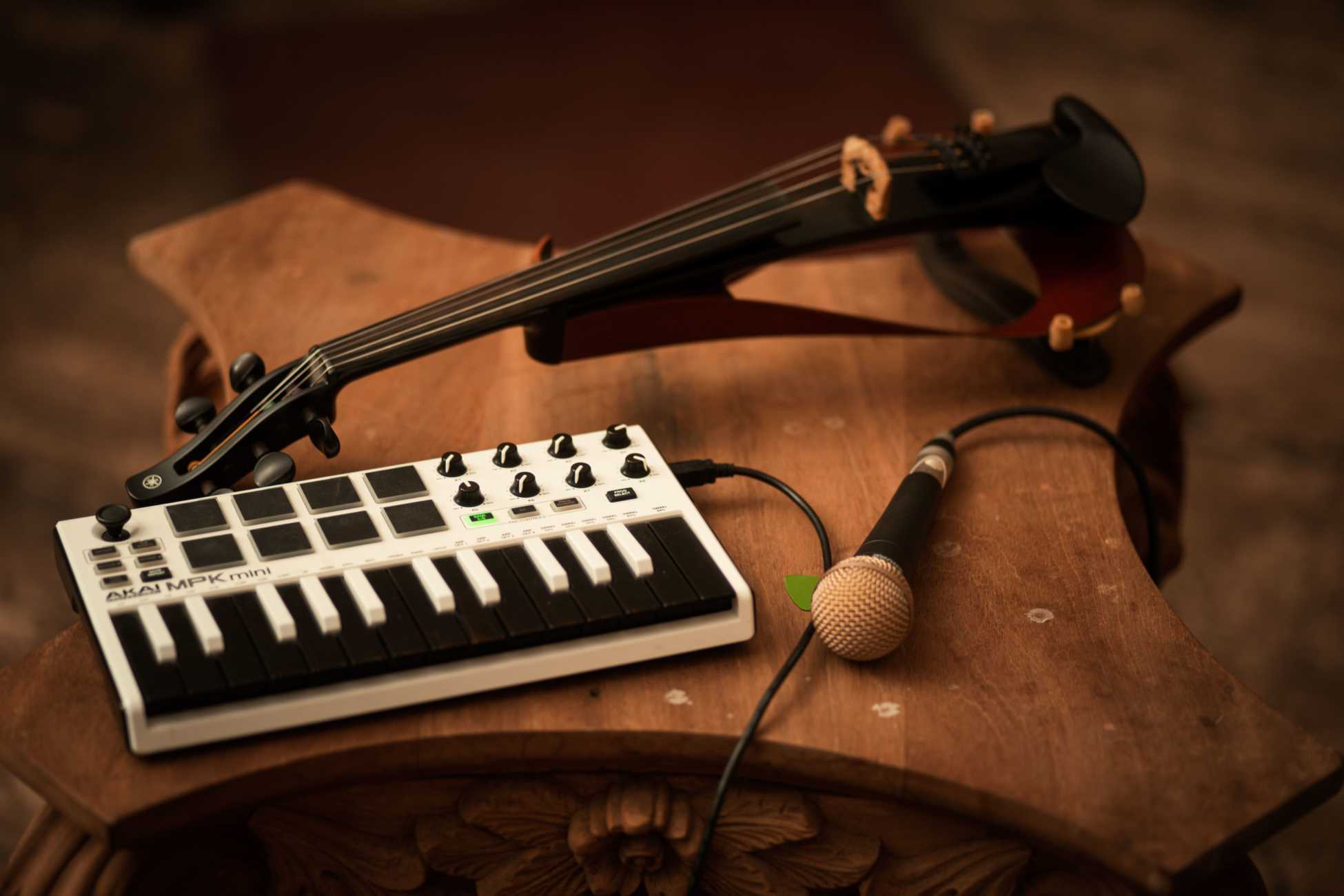
© Anton Tal
Our unanswered questions open a door to imagination
What fascinates you about this complex theory of elementary particles, which can only be proven using additional dimensions?
Most of all, what fascinates me is that you can even think of something like this. For example, string theory itself is a very artistic idea. It reminds me of epic myths from ancient Greece or Egypt. Back then, thinking people wanted to answer the same questions as today: How did the world come into being? What drives the processes we observe? People used their imagination and created gods and devils, hell and paradise and much more. These stories had a certain inner structure and logic.
Today, thanks to science, we already know a lot about the world, but there are still gaps that need to be filled. What are the fundamental elementary particles, what is dark matter, dark energy? Does the universe have a beginning and an end? Are there several dimensions? Our stories have become much more complicated. Instead of dramatic tales of divine intrigue, we use complex formulae that calculate that the universe could have 10, 11 or 26 dimensions, or that it consists of 90 per cent dark matter which, however, cannot be observed.
I am certainly not the right person to judge whether the scientists working on this are right or wrong. But what fascinates me is the process, the experiment itself – and that such unanswered questions open a door to imagination.
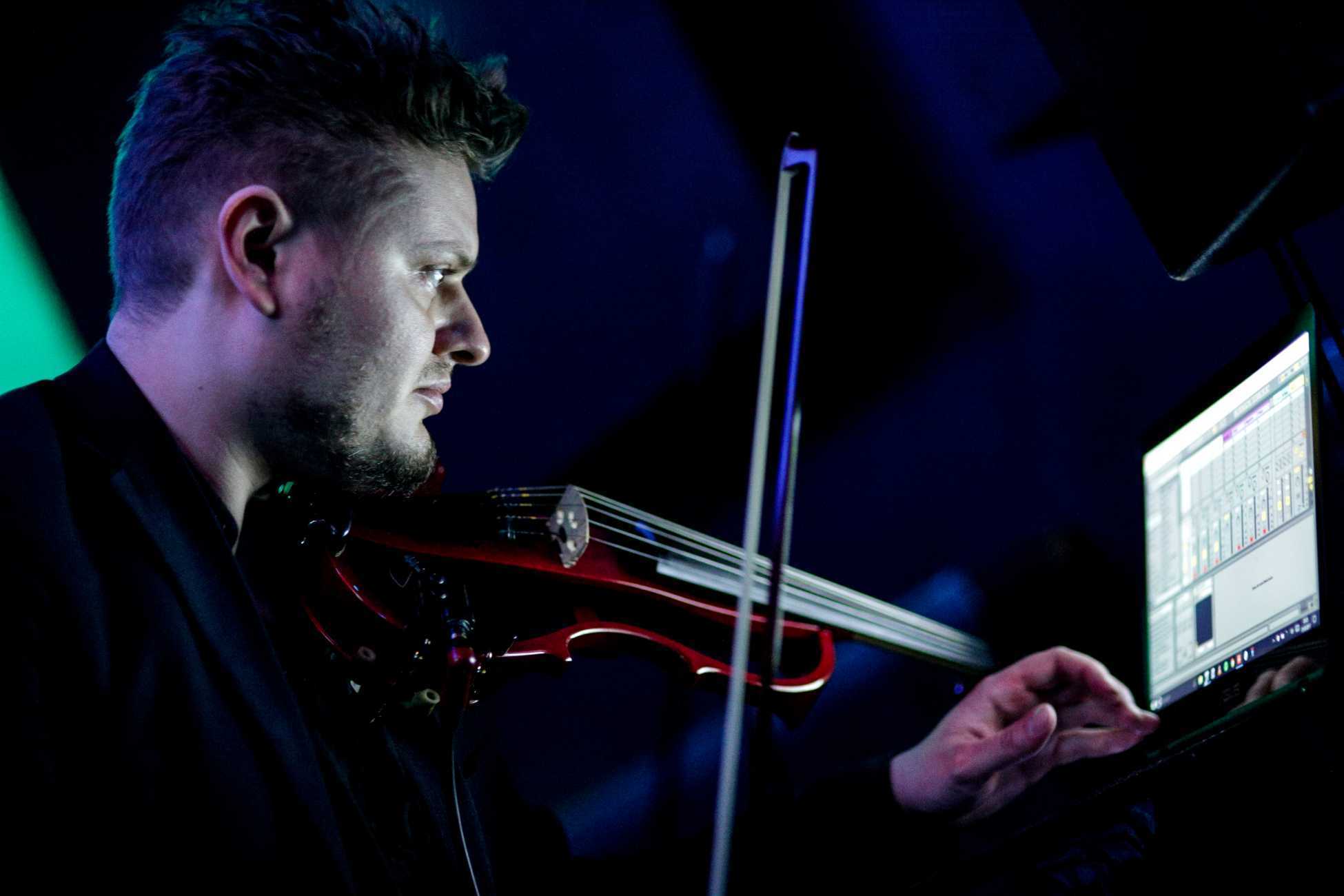
© Daniel Paikov
John Cage's “Etudes Australes” was based on a star chart
Let’s say someone gave you a picture of a starry sky, how would you approach a composition about it?
In fact, John Cage already realised this in his “Etudes Australes”. He placed a star map on sheets of music and used the positions of the stars to determine the notes and rhythms. However, I would like to find my own method in this case.
How does the fifth string of your instrument expand your musical universe?
The fifth string expands tones in the lower register that a four-string violin simply doesn't have. It's not crucial for classical music, but it makes a difference when you're composing your own music. It's also simply fun to have an extra string and develop your own way of playing.
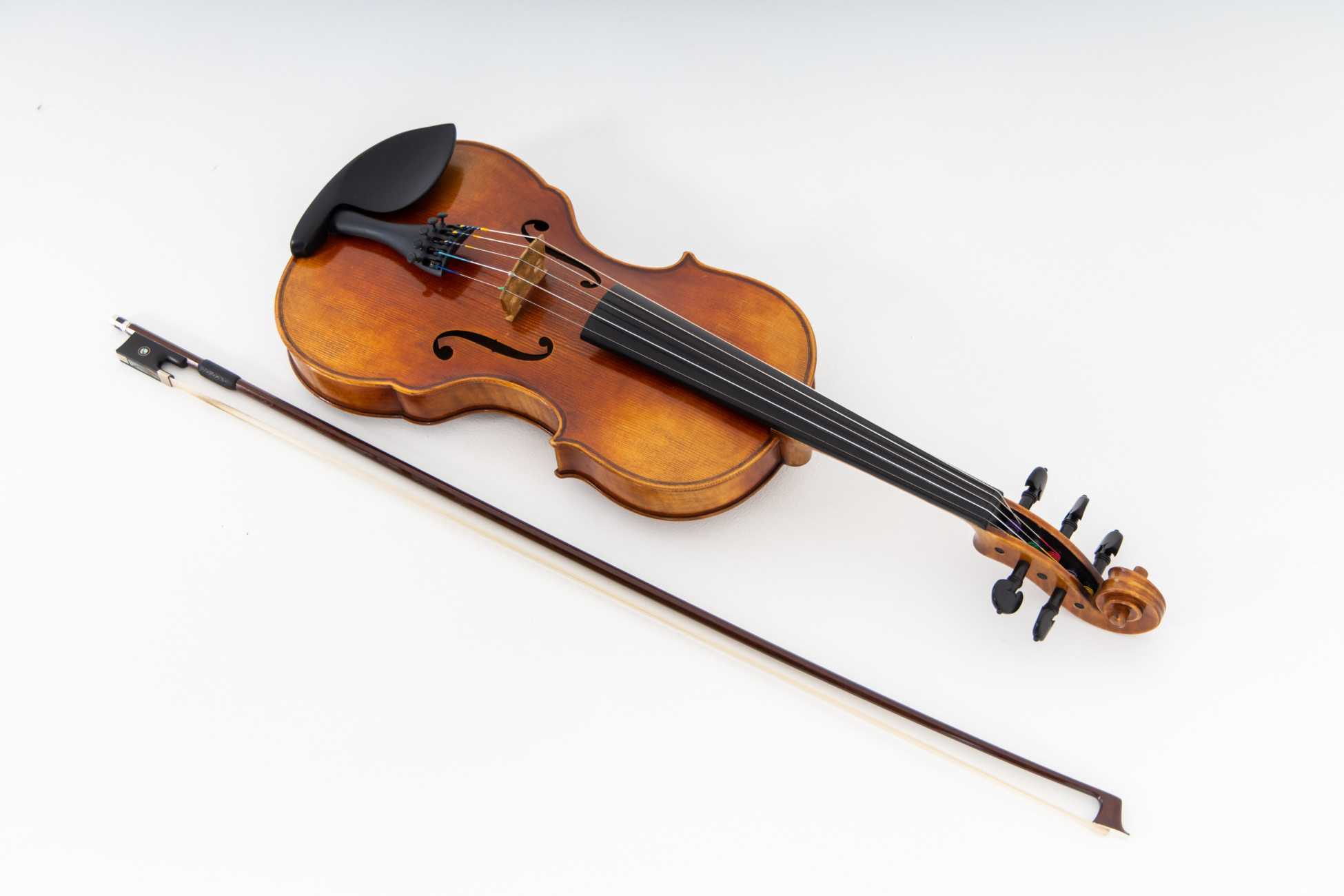
A five-stringed violin – violin and viola in the same instrument © Anton Tal
Nevertheless, the four-string violin became established.
Until the classical canon of the four-stringed violin was established, there were many different variants with three or five or more strings. The masters and violinists made different models because there was no “right” one. In the 16th to 17th centuries, the violin with four strings became established because it sounded the loudest – which played an important role in the period before sound amplification. In an orchestra, the viola, whose four strings are tuned lower, elegantly closes the gap to the cellos: its notes reach down to the low C. A five-stringed violin therefore means violin and viola in the same instrument.
Technological progress also takes us culturally into a new orbit
You come from a classical music background. How do you find your way into electronic music?
I see electronics as an extension of my instrument. It's a logical next step. What is physically possible with two hands and ten fingers has already been achieved by violinists such as Paganini – to name the most famous. Going much further than that is simply not possible. The best runners may be able to improve the current records by milliseconds, but dramatic progress would go beyond human physics and is therefore not possible. The situation is similar with the violin. Electronics, on the other hand, opens a door to a completely new world. It opens up a new dimension. It is also a logical evolutionary step, such as the development of the electric guitar, which has taken music in a completely new direction through rock'n'roll. Each such technological advance also takes us to the next level culturally, a completely new orbit.
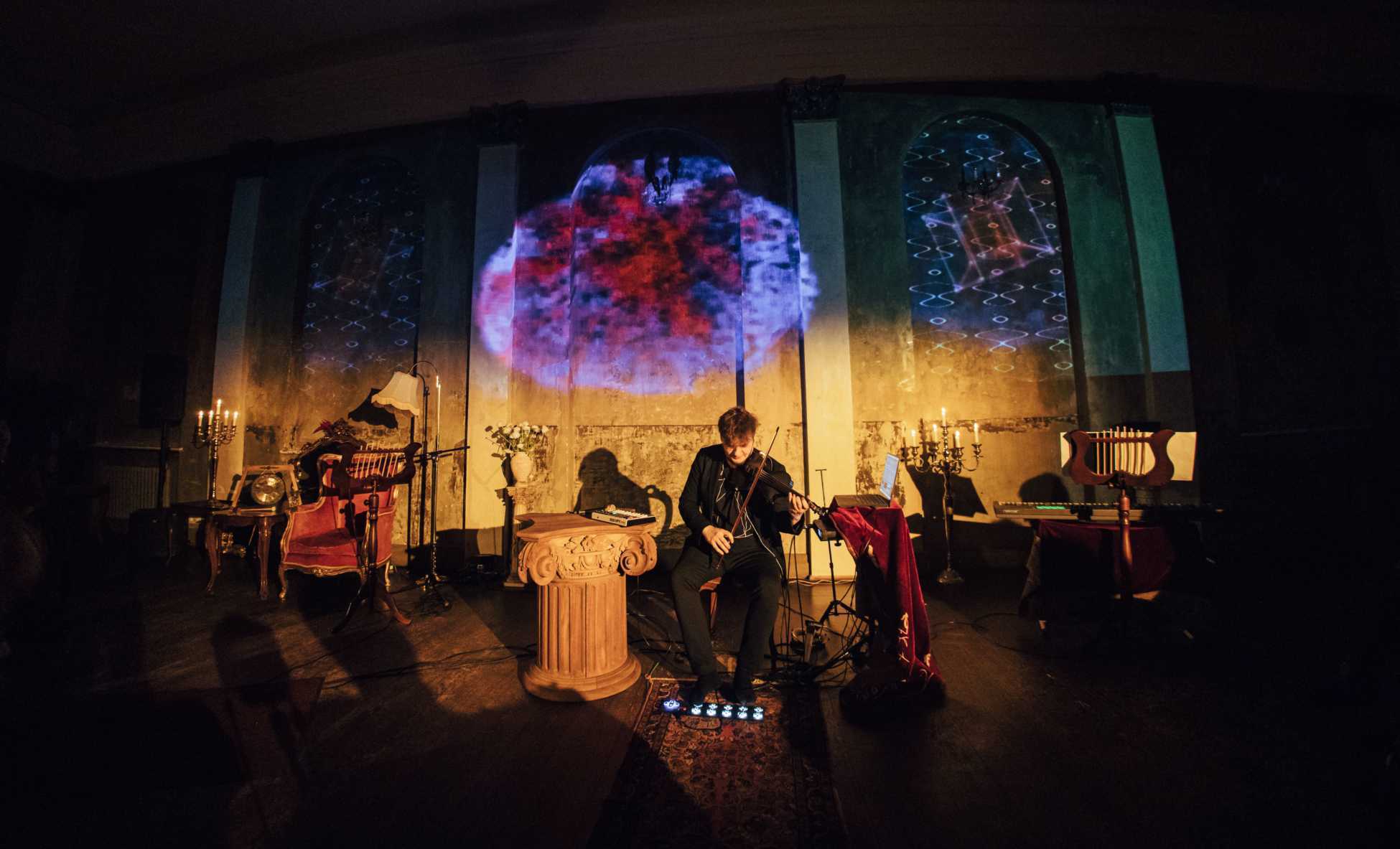
© Anton Tal
We are part of nature and shape it
Taking something that already exists and combining it to create something new – simple and ingenious at the same time.
That's how we humans work. We always look ahead. Once we searched for what lies hidden beyond the sea, now we strive to know what is waiting beyond the sky. This is how we want to find the smallest building blocks of the universe, play the most virtuoso violin concerto, discover the greatest secrets of the universe and invent our own worlds. This is how the nature that makes us humans works. We are part of nature, but we also shape it at the same time. Is this not the principle of a multidimensional universe in which dimensions intertwine and create themselves?
By exploring what is possible with your instrument and with music in general, or how you can reach an audience differently, are you not also a scientist yourself?
Ah, I hope so. Anyway, part of me would also like to be recognised as a researcher. [Laughs.]
Interview: © STERNENHIMMEL DER MENSCHHEIT / Teresa Grenzmann; translated by Stephan Matthiesen
